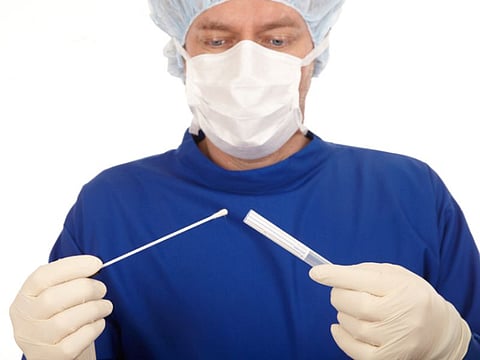TUESDAY, July 14, 2020 (HealthDay News) -- Liquid-based cytology (LBC) and human papillomavirus (HPV) cotesting enhances screening for cervical cancer (CxCa) and precancer among women aged 30 years and older, according to a study published online July 8 in the American Journal of Clinical Pathology.
Harvey W. Kaufman, M.D., from Quest Diagnostics in Secaucus, New Jersey, and colleagues examined the results of LBC/HPV cotesting in 13,633,071 women aged 30 years and older, tested in 2010 to 2018.
The researchers found that 1,615 cotests preceded 1,259 CxCa diagnoses and 11,164 cotests preceded 8,048 cervical precancer diagnoses among all screening results. Compared with the HPV result, the LBC result identified more women who were subsequently diagnosed with CxCa within one year (85.1 versus 77.5 percent). The overall rate of nondetection was 13.1 percent for cotesting results (LBC negative/HPV negative) among all women with CxCa; when testing exceeded 12 months prediagnosis of CxCa or precancer, this rate increased substantially compared with testing within one year.
"For women who may otherwise not be screened at all, there is no question that cytology or HPV primary are useful screening technologies," a coauthor said in a statement. "Yet, that should not obscure the fact that cotesting is fundamentally the better screening option for women and is widely available in the U.S."
Several authors disclosed financial ties to Quest Diagnostics.
Abstract/Full Text


